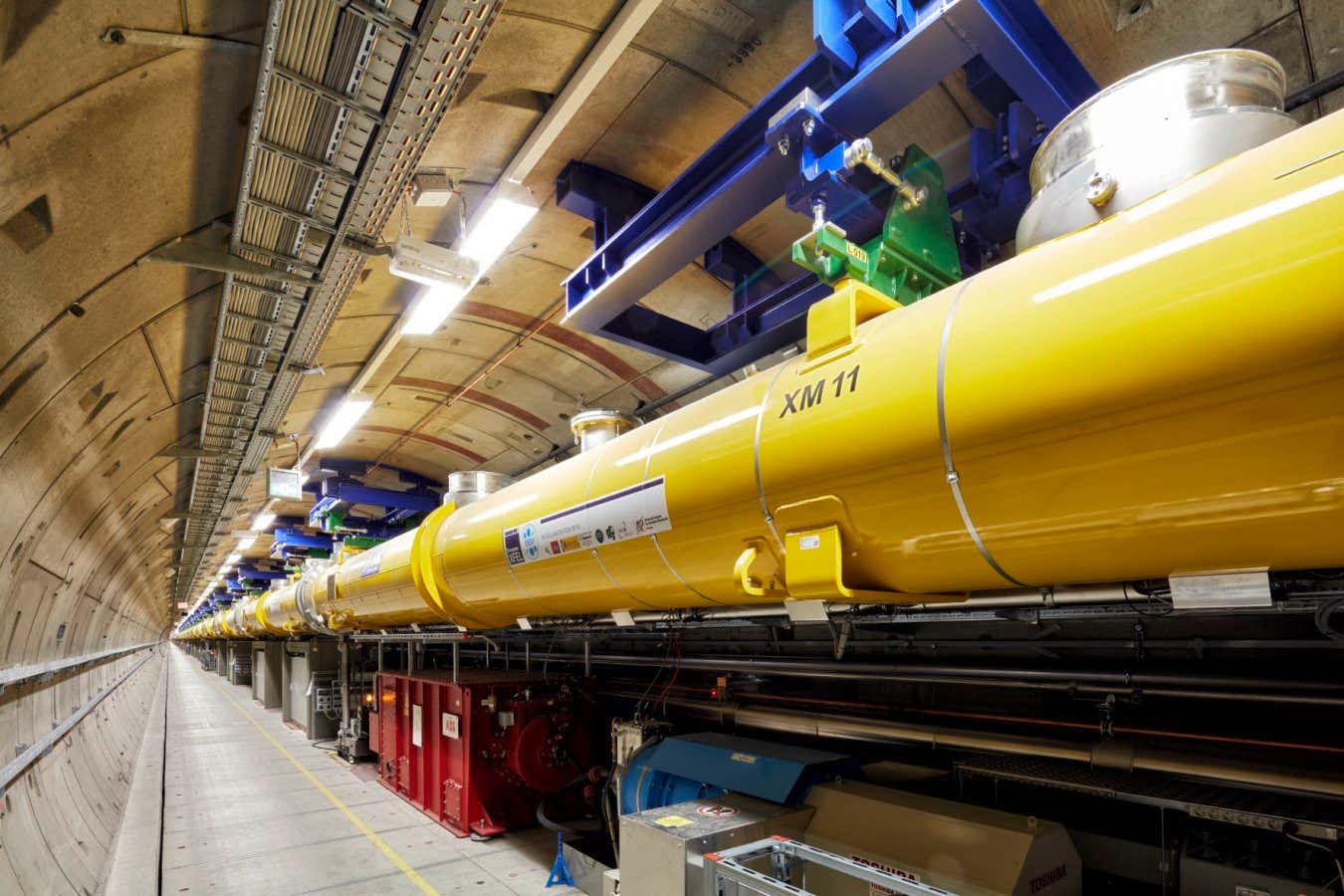Now Reading: Astronomers Uncover New Insights on Interstellar Comet 3I/ATLAS
-
01
Astronomers Uncover New Insights on Interstellar Comet 3I/ATLAS
Astronomers Uncover New Insights on Interstellar Comet 3I/ATLAS

Swift Summary
- The interstellar comet 3I/ATLAS, discovered in July, is the third such object observed passing through our solar system after ‘Oumuamua (2017) and Borisov (2019).
- Scientists have noted a ample amount of water vapor in its tail even when far from the sun-an unusual trait compared to solar system comets.
- Observations by ground-based telescopes suggest it has low to moderate dust content, which increases as it approaches the sun, resembling characteristics of outer solar system comets.
- The comet may be considerably smaller than initially estimated, with measurements possibly narrowing its size to between 320 meters and 5.6 kilometers wide.
- Researchers using space observatories like the Hubble Space Telescope and Neil Gehrels Swift Observatory detected water production from about 20% of its surface-higher than typical comets.
- Preliminary studies hypothesize that the comet originates from an older star system due to higher relative water content but confirm further data is needed for certainty.
- Speculations include that this activity might result from rarely exposed volatiles like carbon monoxide or dioxide near distant starlight regions within its home star system’s outskirts.
- The Transiting Exoplanet Survey Satellite previously captured images showing unexpected brightness likely caused by far-away gas release. Detailed analysis via upcoming James Webb Space Telescope results may reveal molecular compositions within weeks.
Indian Opinion Analysis
The study of interstellar objects like 3I/ATLAS offers a unique window into understanding not just extraterrestrial systems but also the origins and characteristics shaping systems akin to our own. For India-a nation increasingly developing expertise in astronomy and scientific exploration-it underpins a shared global quest for unraveling cosmic mysteries.India’s progress in space programs such as ISRO’s pursuit of deep-space probes woudl directly benefit efforts toward intercepting or observing future interstellar bodies more closely. Such discoveries demonstrate how cross-institutional collaboration across nations strengthens collective knowledge pooling.
Looking ahead,advancements stemming from trackers like James Webb Space Telescope could open newer investigative avenues for countries globally-including India-to deepen insights on worldwide phenomena while fostering education frameworks firmly tied into science-led policy modeling.























